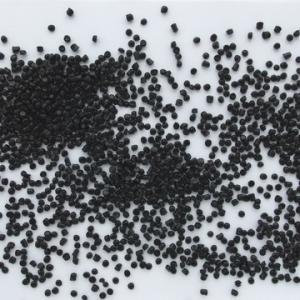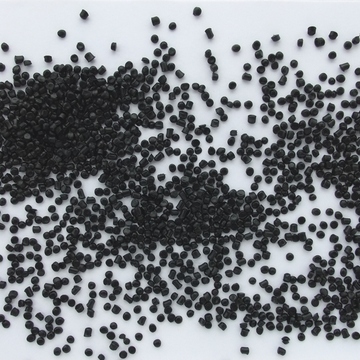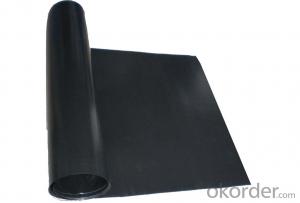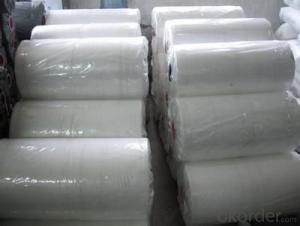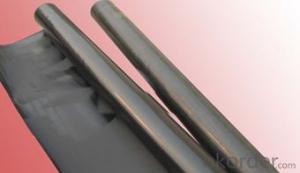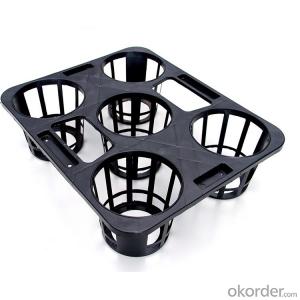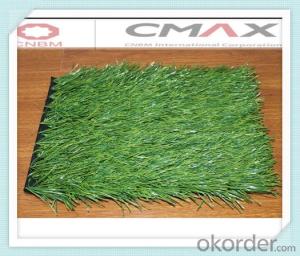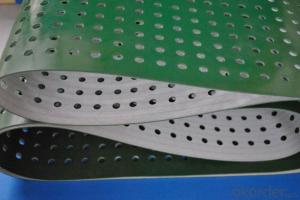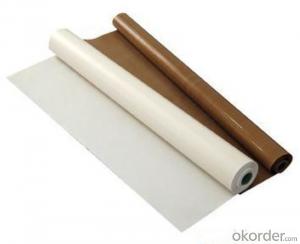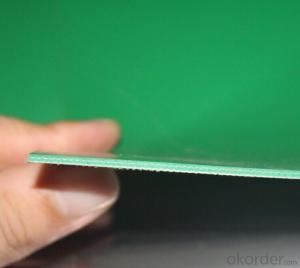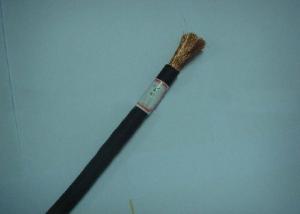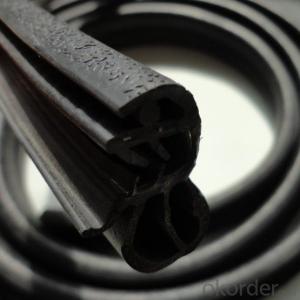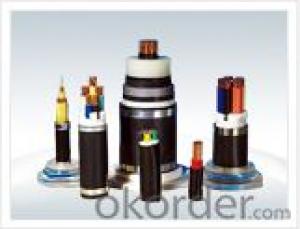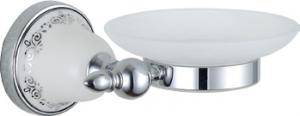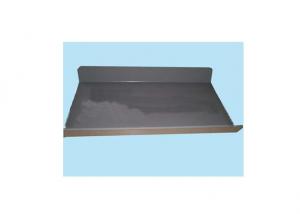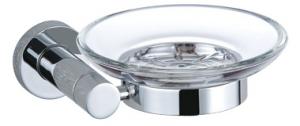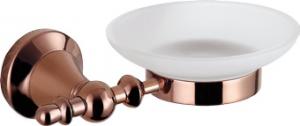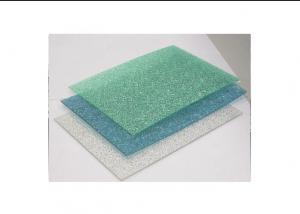EPDM Insulating rubber compound for medium voltage cable
- Loading Port:
- Shanghai
- Payment Terms:
- TT OR LC
- Min Order Qty:
- -
- Supply Capability:
- 3000 Tons kg/month
OKorder Service Pledge
OKorder Financial Service
You Might Also Like
EPDM Insulating rubber compound for medium voltage cable
I. Type and application
Type | Product | Application |
XJ-34A | 90℃ Insulation rubber compound for medium voltage cable | Insulating rubber compound for 6~30KV flexible medium voltage cable |
XJ-34B | 90℃ Insulation rubber compound for medium voltage cable | Insulating rubber compound for 6/10KV medium voltage cable |
XJ-34C | 90℃ Insulation rubber compound for medium voltage cable | Insulating rubber compound for 8.7/15KV medium voltage cable |
XJ-34D | 90℃ Insulation rubber compound for medium voltage cable | Insulating rubber compound for 10/20KV medium voltage cable |
XJ-34E | 90℃ Insulation rubber compound for medium voltage cable | Insulating rubber compound for 26/35KV medium voltage cable |
II. Product description
XJseries insulating rubber compound formedium voltage cable, based on EPDM rubber, is mixed with various additives,and is elaborated in the extra-clean conditions. Voltage grade of cable is from6kV to 30kV. The compound has outstanding performances of vulcanization, processing, physical,mechanical, aging and electrical properties. The compound is complied withQ/320585JSDT058-2003 standard.
III. Processing
Processing Equipment | Compression ratio | L/D | Processing temp. | Recommended vulcanize temp. |
Common rubber extruder | 1.1:1~1.5:1 | 15:1~20:1 | 60~110℃ | 160-200℃ |
IV. Maximum useful shelf life
12 months at 20℃, 6 months at 30℃.
V. Properties
Table
Item | XJ-34 A | XJ-34B | XJ-34C | XJ-34D | XJ-34E | |||||
Standard | Typical | Standard | Typical | Standard | Typical | Standard | Typical | Standard | Typical | |
Tensile Strength N/mm2 | ≥7.0 | 10.9 | ≥8.5 | 11.0 | ≥8.5 | 9.4 | ≥8.5 | 11.5 | ≥8.5 | 11.0 |
Elongation at Break % | ≥300 | 430 | ≥200 | 400 | ≥200 | 280 | ≥200 | 410 | ≥200 | 400 |
Oven aging | 135℃168h | 135℃168h | 135℃168h | 135℃168h | 135℃168h | |||||
Variation on Tensile Strength % | ±15 | +14 | ±30 | +11 | ±30 | +6.5 | ±30 | +10.5 | ±30 | +11 |
Variation on Elongation at Break % | ±15 | -3 | ±30 | -4 | ±30 | -7 | ±30 | -8.5 | ±30 | -7 |
Dielectric Loss Angular Tangent value | ≤0.003 | 0.0019 | ≤0.003 | 0.0026 | ≤0.003 | 0.0025 | ≤0.003 | 0.0024 | ≤0.003 | 0.0020 |
Dielectric Constant ε | ≤2.8 | 2.60 | ≤2.8 | 2.65 | ≤2.8 | 2.64 | ≤2.8 | 2.62 | ≤2.8 | 2.60 |
Dielectric Strength MV/m | ≥25 | 31.9 | ≥25 | 30 | ≥25 | 30 | ≥25 | 30 | ≥25 | 32 |
Air bomb aging test 127℃40h |
|
|
|
|
|
|
|
|
|
|
Tensile Strength N/mm2 |
| 10.0 |
|
|
|
|
|
|
|
|
Variation % | ±15 | -5 | ±30 | -5 | ±30 | -5 | ±30 | -4 | ±30 | -4 |
Elongation at Break % |
| 420 |
|
|
|
|
|
|
|
|
Variation % | ±15 | -3 | ±30 | -3 | ±30 | -2 | ±30 | 0 | ±30 | 0 |
Hot Prolongation 15min20N/cm | 250℃ | 250℃ | 250℃ | 250℃ | 250℃ | |||||
Elongation Under Load % | ≤100 | 25 | ≤175 | 50 | ≤175 | 50 | ≤175 | 50 | ≤175 | 50 |
Permanent Elongation after cooling % | ≤10 | 1 | ≤15 | 0 | ≤15 | 0 | ≤15 | 0 | ≤15 | 0 |
Volume Resistivity at20℃Ω﹒m | ≥1.0×1014 | 2.6×1014 | ≥1.0×1012 | 7.2×1013 | ≥1.0×1012 | 7.0×1013 | ≥1.0×1012 | 1.5×1014 | ≥1.0×1012 | 5.2×1014 |
Volume Resistivity at90℃Ω﹒m | 1 |
|
|
|
|
|
|
|
|
|
Elastic Modulus |
|
|
|
|
|
|
|
|
|
|
At 150% Elongation /mm2 |
|
| ≥4.5 | 6.0 | ≥4.5 | 6.1 | ≥4.5 | 6.2 | ≥4.5 | 7.2 |
At 50% Elongation N/mm2 |
|
| ≤7.5 | 5.1 | ≤7.5 | 5.0 | ≤7.5 | 5.2 | ≤7.5 | 6.1 |
Capacitance variation after water immersion 50±2℃ |
|
|
|
|
|
|
|
|
|
|
Between one day and seven days % |
|
| ≤15 | 6 | ≤15 | 5 | ≤15 | 5 | ≤15 | 5 |
Between seven days and fourteen days % |
|
| ≤5 | 1 | ≤5 | 1 | ≤5 | 1 | ≤5 | 1 |
Ozone Resistance |
|
|
|
|
|
|
|
|
|
|
Ozone Concentration 2-3.33PPM |
|
|
|
|
|
|
|
|
|
|
Surface Variation | Non cracking | Pass | Non cracking | Pass | Non cracking | Pass | Non cracking | Pass | Non cracking | Pass |
Hardness IRHD | -- | 68 | ≥80 | 80 | ≥80 | 80 | ≥80 | 80 | ≥80 | 80 |
Density | -- | 1.21 |
|
|
|
|
|
|
|
|
- Q: What can plastic particles do?
- Machinery industry: after a special formula, it can be used to make machine parts: all kinds of bearings, gears, cams, gears, seals, blades, pumps, impellers, etc..
- Q: How do olive nets impact the overall aroma of the olives?
- Olive nets have minimal impact on the overall aroma of olives. The nets primarily serve to protect the olives from external factors such as birds or wind, ensuring minimal damage and maintaining the quality of the olives. The aroma of olives is primarily influenced by factors such as the variety of the olive, the stage of ripeness, and the processing methods employed rather than the use of nets.
- Q: Do olive nets also protect against other pests?
- No, olive nets primarily protect against birds and insects that are attracted to olive trees. They are not designed to protect against other types of pests.
- Q: What materials are olive nets made from?
- Olive nets are typically made from lightweight and durable materials such as high-density polyethylene (HDPE) or polypropylene.
- Q: Can olive nets be used on trees with a thin trunk?
- Yes, olive nets can be used on trees with a thin trunk as long as the net is securely fastened to prevent any damage to the tree and to ensure effective protection against birds or other pests.
- Q: Are olive nets easy to clean and maintain?
- Yes, olive nets are relatively easy to clean and maintain. They can be cleaned by simply removing the olives, shaking off any debris, and then washing them with water and mild soap if necessary. The nets are also durable and can be stored properly for future use, making maintenance fairly straightforward.
- Q: Can a plastic water cup be boiled in general?
- There are Tupperware color series of water glass is a color, which shows that in the process of plastic is added to the color masterbatch, it is recommended that the cup as little as possible.In view of the above, buy a plastic cup to buy colorless, can not be hot water use.
- Q: Can olive nets be used for olive trees in regions with limited access to machinery?
- Yes, olive nets can be used for olive trees in regions with limited access to machinery. Olive nets are a practical and efficient solution for harvesting olives manually without the need for heavy machinery. They can be spread under the olive trees, allowing the olives to fall onto the nets when shaken or manually harvested. This method is commonly used in traditional olive-growing regions where machinery may not be readily available or suitable for the terrain. Olive nets provide a cost-effective and accessible option for olive harvesting in regions with limited machinery access.
- Q: Can olive nets be used in regions with high salinity levels in the soil?
- Yes, olive nets can be used in regions with high salinity levels in the soil. Olive trees are known for their tolerance to saline soils and can adapt well in such conditions. The nets primarily serve to collect the olives during harvesting, and their use is not influenced by the salinity of the soil.
- Q: How does an olive net prevent olives from falling to the ground?
- An olive net is designed to create a physical barrier between the olive tree canopy and the ground, effectively catching the olives as they naturally detach from the branches.
Send your message to us
EPDM Insulating rubber compound for medium voltage cable
- Loading Port:
- Shanghai
- Payment Terms:
- TT OR LC
- Min Order Qty:
- -
- Supply Capability:
- 3000 Tons kg/month
OKorder Service Pledge
OKorder Financial Service
Similar products
Hot products
Hot Searches
Related keywords
